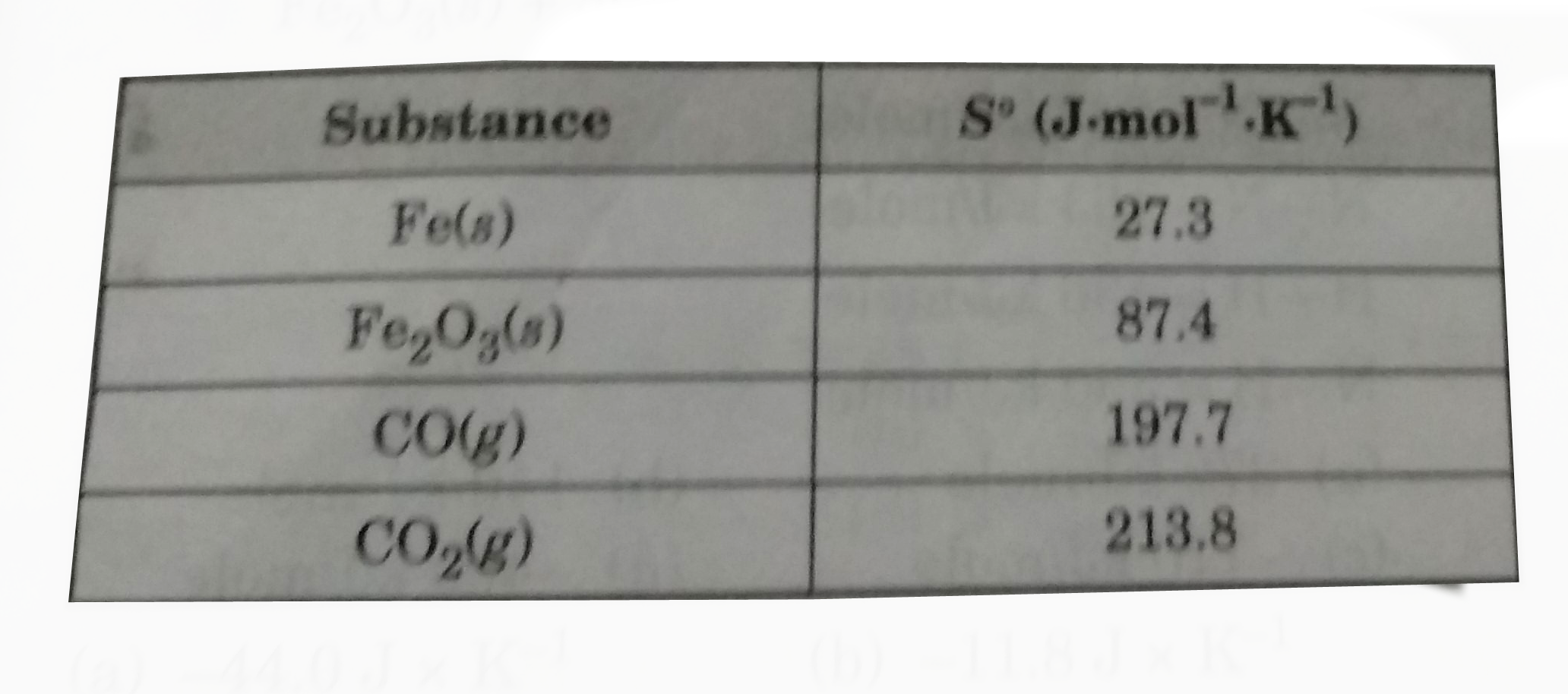2.0 g of a sample contains mixture of SiO2 and Fe2O3. On very strong heating , it leaves a residue weighing 1.96g. The reaction responsible for loss of mass is given below .
Fe2O3(s)→Fe3O4(s)+O2(g), (unbalance equation) lt brgt What is the precentage by mass of SiO2 in original sample ?
10%
20%
40%
60%
Step by step video & image solution for 2.0 g of a sample contains mixture of SiO_(2) and Fe_(2)O_(3). On very strong heating , it leaves a residue weighing 1.96 g. The reaction responsible for loss of mass is given below . Fe_(2)O_(3)(s) to Fe_(3)O_(4)(s) + O_(2)(g), (unbalance equation) lt brgt What is the precentage by mass of SiO_(2) in original sample ? by Chemistry experts to help you in doubts & scoring excellent marks in Class 11 exams.
Updated on:21/07/2023Topper's Solved these Questions
- STOICHIOMETRYBOOK - NARENDRA AWASTHICHAPTER - STOICHIOMETRYEXERCISE - Level 1 (Q.91 To Q.120)
30 Videos
- STOICHIOMETRYBOOK - NARENDRA AWASTHICHAPTER - STOICHIOMETRYEXERCISE - Level 1 (Q.121 To Q.150)
30 Videos
- STOICHIOMETRYBOOK - NARENDRA AWASTHICHAPTER - STOICHIOMETRYEXERCISE - Level 1 (Q.31 To Q.60)
30 Videos
- SOLID STATEBOOK - NARENDRA AWASTHICHAPTER - SOLID STATEEXERCISE - Level 3 - Subjective Problems
1 Videos
- THERMODYNAMICSBOOK - NARENDRA AWASTHICHAPTER - THERMODYNAMICSEXERCISE - Level 3 - Match The Column
2 Videos
Similar Questions
2.0g of a sample contains mixture of SiO2andFe2O3. On very strong heating, it leaves a residue weighing 1.96g. The reaction responsible for loss of mass is given below. Fe_2O_3(s)rarrFe_3o_4(s)+O_2(s),(unbalanceequation)wˆisthepercenta≥bymassofSiO_2 in original sample ?
View Solution1.5 gm mixture of SiO2 and Fe2O3 on very strong heating leave a residue weighting 1.46 gm. The reaction responsible for loss of weight is
Fe2O3(s)→Fe3O4(s)+O2(g)
What is the percentage by mass of Fe2O2 in original sample.
View Solution
Knowledge Check
1.5gm mixture of SiO2 and Fe2O3 on very strong heating leave a residue weighting 1.46gm. The reaction responsible for loss of weight is . Fe2O3(s)→Fe3O4(s)+O2(g)
What is the percentage by mass of Fe2O3 is original sample .A80%B20%C40%D60%3 gm mixture of SiO2 and Fe2O3 on very strong heating leaves a residue weighing 2.92gm because of conversion of Fe3O4 liberating oxygen gas. What is the percentage by mass of SiO2 in original mixture?
A0.2B0.8C0.4D0.6What type of reaction does occur in the following ?
Fe2O3(s)+2Al(s)→Al2O3(s)+2Fe(l)AcombinationBDisplacementCDecompositionDPhotochemical
2.0 g sample contain mixture of SiO2 and Fe2O3, on very strong heating leave a residue weighing 1.96 g. The reaction responsible for loss of weight is Fe2O3(s)→Fe3O4(s)+O2(g). What is the percentage by mass of SiO2 in original sample ? [Atomic mass : Fe = 56, O = 16, Si = 28]
View SolutionHaematite is Fe2O3/Fe3O4
View SolutionThe heat of formation of Fe2O3(s) is -824.0 kJ.What will be the ΔH for thereaction:
2Fe2O3(s)→4Fe(s)+3O2(g)
View SolutionWhat is the value of Δs∘ for the reaction below?
Fe2O3(s)+3CO(g)→2Fe(s)+3CO2(g)

View SolutionWhich of the following statements is correct about the reaction given below:-
4Fe(s)+3O2(g)→2Fe2O3(g)
View Solution
